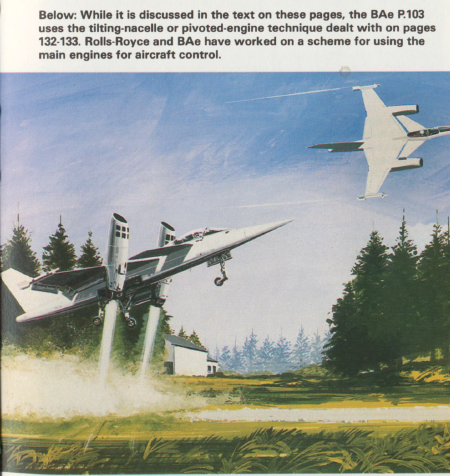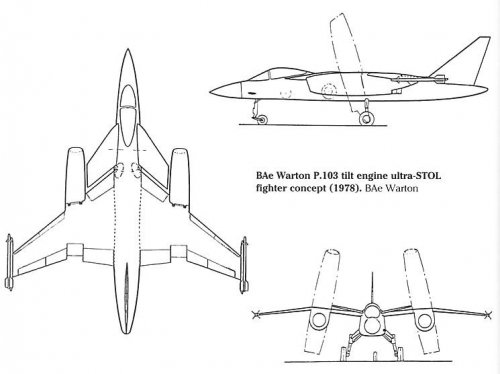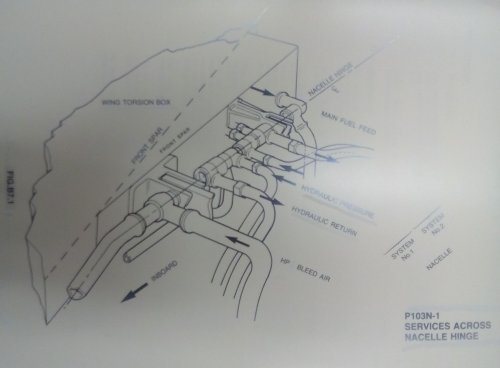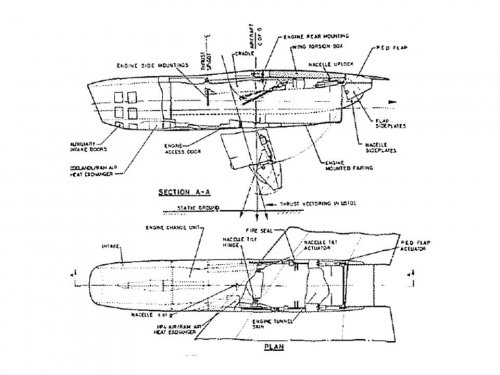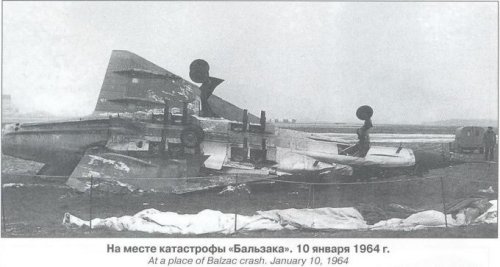- Joined
- 27 September 2006
- Messages
- 6,074
- Reaction score
- 6,186
I am trying to find out more information about the BAe P103 swivel mechanism for
the engines, as it is not clear from the published drawings how this would have worked.
The models are all in inflight position. I would like to get two distinct models made,
but it would be helpful to see how the arrangement looked
the engines, as it is not clear from the published drawings how this would have worked.
The models are all in inflight position. I would like to get two distinct models made,
but it would be helpful to see how the arrangement looked

